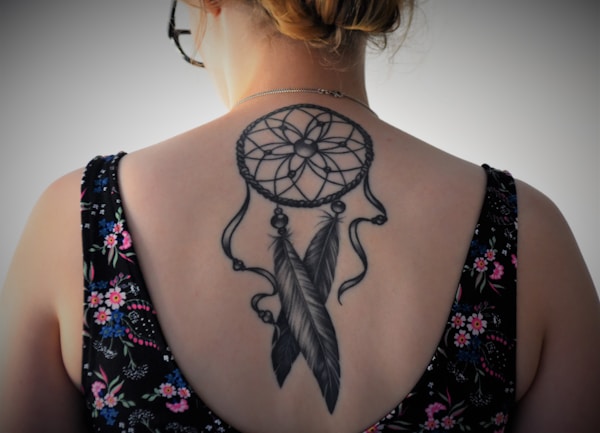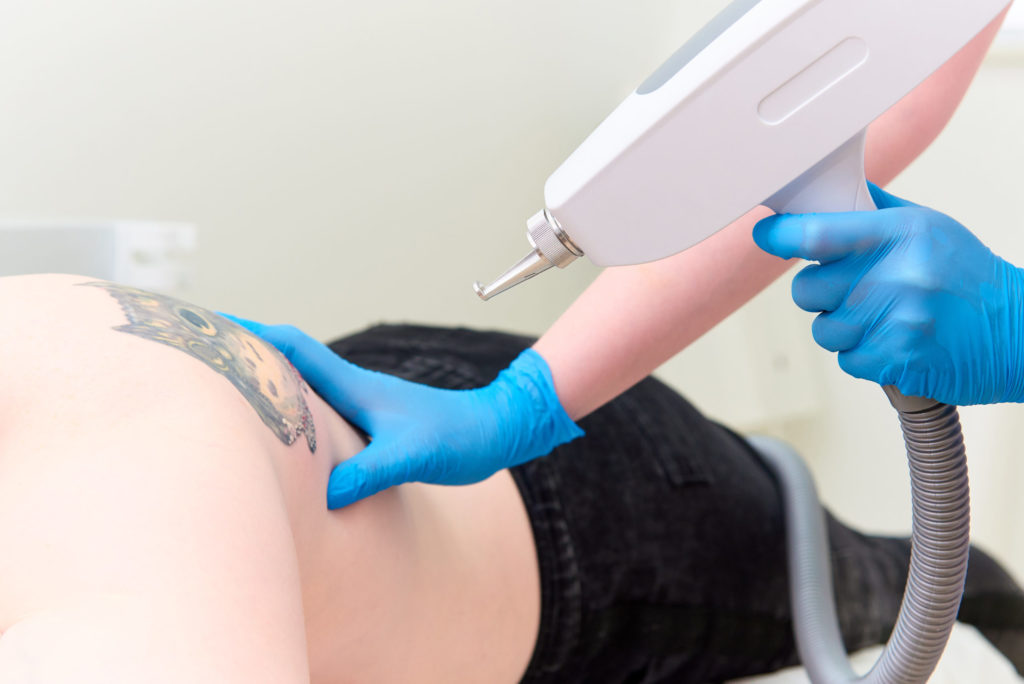It’s okay if you have a tattoo you regret. You’re not alone. Many people have tattoos they later wish they hadn’t gotten. Maybe you got the tattoo when you were young and inexperienced, and now you realize that it’s not really representative of who you are. Or maybe the tattoo just doesn’t look as good as you thought it would. Whatever the reason, if you’re unhappy with your tattoo, there are ways to fix it. There are a few different methods for tattoo removal, and the best method for you will depend on a few factors, including the size, location, and age of your tattoo, as well as your skin type. Whether you just bought some fun mens rave clothing and don’t want the tattoo shown, or your tattoo is preventing you from getting a promotion, keep reading to learn more about the removal process and what to expect.
Do Your Research on Different Laser Types

As tattoos have become increasingly popular, so too has the need for tattoo removal. There are a number of ways to remove a tattoo, but the most popular method is with a laser. There are a number of different types of lasers on the market, each with its own set of benefits and drawbacks. The most common types of lasers used for removal are the PicoSure laser, Q-switch laser, and Nd:YAG laser.
If you’re considering tattoo removal, you’ve probably heard of the PicoSure laser. This laser is quickly becoming the gold standard for tattoo removal, thanks to its ability to remove tattoos faster and with fewer treatments than traditional lasers. The Q-switch laser is the most common type of laser used for tattoo removal. It is a powerful laser that can quickly remove tattoos. However, it can also cause skin damage, so it is important to use caution when using this laser. The Nd:YAG laser is a less powerful laser that is less likely to cause skin damage. However, it can take longer to remove tattoos with this laser.
Set Up a Consultation
Once you’ve determined the best laser for you, set up a consultation with a specialist by searching, for example, “PicoSure tattoo removal in Iowa.” You’ll want to look for a technician who is certified by the American Academy of Dermatology (AAD) and has experience in tattoo removal. Once you’ve found a technician, the next step is to set up a consultation. During the consultation, the technician will examine your tattoo and ask you about your goals for the removal process. They will also discuss the different options available to you and help you choose the best treatment plan for your needs. The cost of the removal will vary depending on the size and complexity of the tattoo, as well as the type of laser used. However, the average cost is around $500 per session. The number of sessions required will vary from person to person, but most tattoos can be removed in 4-10 sessions.
Have Your First Removal Session

When you go in for your first tattoo removal session, the technician will then clean the area and apply a numbing cream. They will then use the laser to break up the tattoo ink. You will likely feel a burning sensation during the treatment. Some people find the treatments to be uncomfortable, but most people can tolerate the pain. You will likely need multiple treatments to remove your tattoo completely. The number of treatments you need will depend on the size and age of your tattoo, as well as the colors used. You will likely need to wait several weeks between treatments. After your first session, you may notice that the area is red and swollen. This is normal and should go away within a few days. You may also experience some minor scarring. Don’t be discouraged if your first session doesn’t produce perfect results. Every tattoo is unique, and each person’s skin reacts differently to the removal process. Just keep up with your treatment plan, and you will see improvements over time.
Prioritize Aftercare
If you’re considering tattoo removal, it’s important to prioritize aftercare to ensure the process is as smooth and successful as possible. Here are a few tips to keep in mind:
- Make sure to keep the area clean and dry.
- Avoid sun exposure and heat.
- Apply a topical ointment or cream as directed.
- Follow up with your doctor or laser technician as directed.
Tattoo removal can be a lengthy process, so it’s important to make sure you’re taking care of the affected area properly. By following the above guide, you can help ensure the process goes as smoothly as possible.









